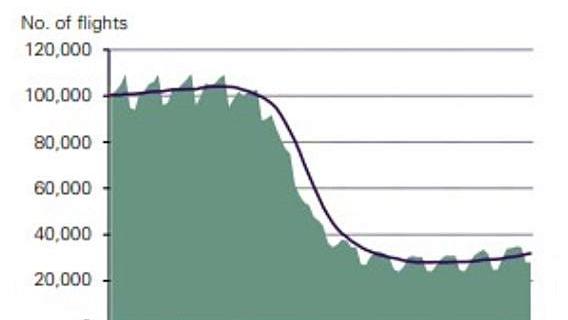Closed refineries began restoring operations in early May, the World Gold Council wrote.
Travel restrictions because of the pandemic also had an impact on the supply chain. Dore produced at mines must be transported to the refiners, which then ship the refined gold to the markets. The transportation system “involves a sophisticated and highly secure” network that involves moving gold by road and by air, the report states.
Drastic reductions in flights meant a significant drop in available cargo space that led to intense competition for that space, with essential golds, such as medical equipment, prioritized, so the cost of gold transportation increased and “left the supply chain looking for alternative means of transportation, including chartering cargo-only aircraft,” the World Gold Council wrote.
As a result, gold struggled to get to where it was needed, leading to distortions in several markets, and logistical issues were one of the primary causes of the widening differential between the spot price in the London over-the-counter market and the futures price on COMEX, the report states.
“While the dislocation between the London OTC market and the COMEX remains elevated, we expect some of the dislocations that have risen due to the supply chain issues should be reduced or even eliminated, ensuring the continued smooth and efficient functioning of the entire gold market,” the report concludes.


